2025 July round up
Welcome to the July round-up newsletter. A letter about everything that has happened inside and outside the tea nursery during the extremely busy harvest season. This month has been packed, so brew some Awabancha and buckle up!
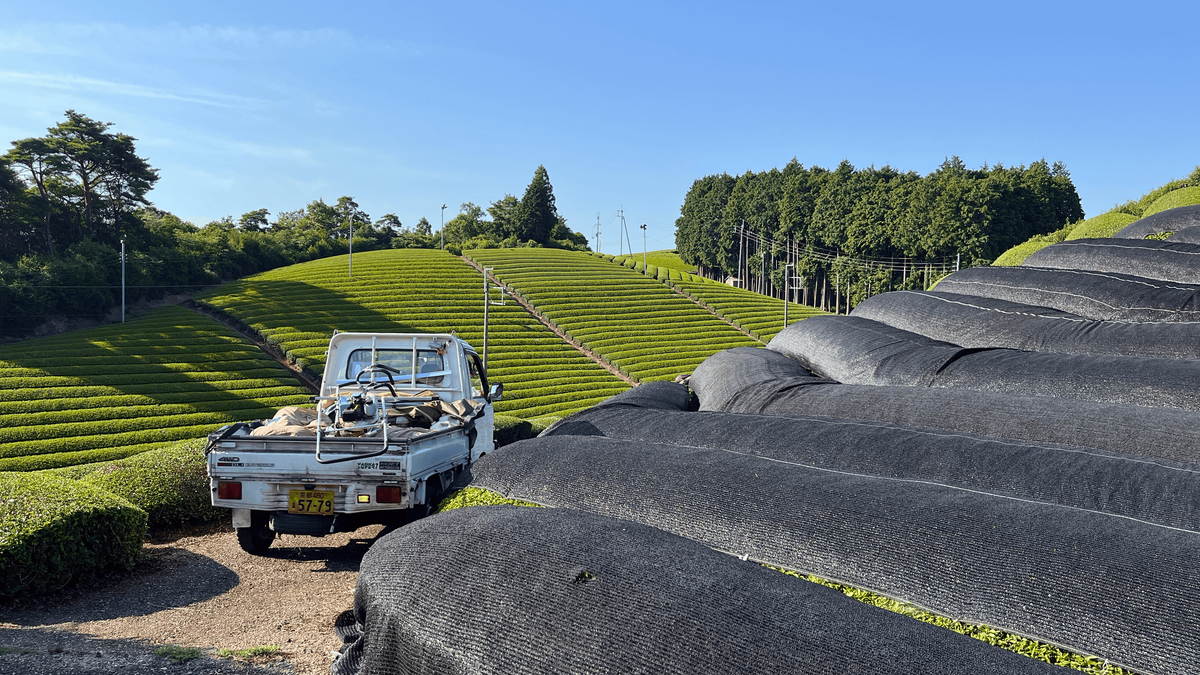
Welcome to the July round-up newsletter. A letter about everything that has happened inside and outside the tea nursery during the extremely busy harvest season. This month has been packed, so brew some Awabancha and buckle up!
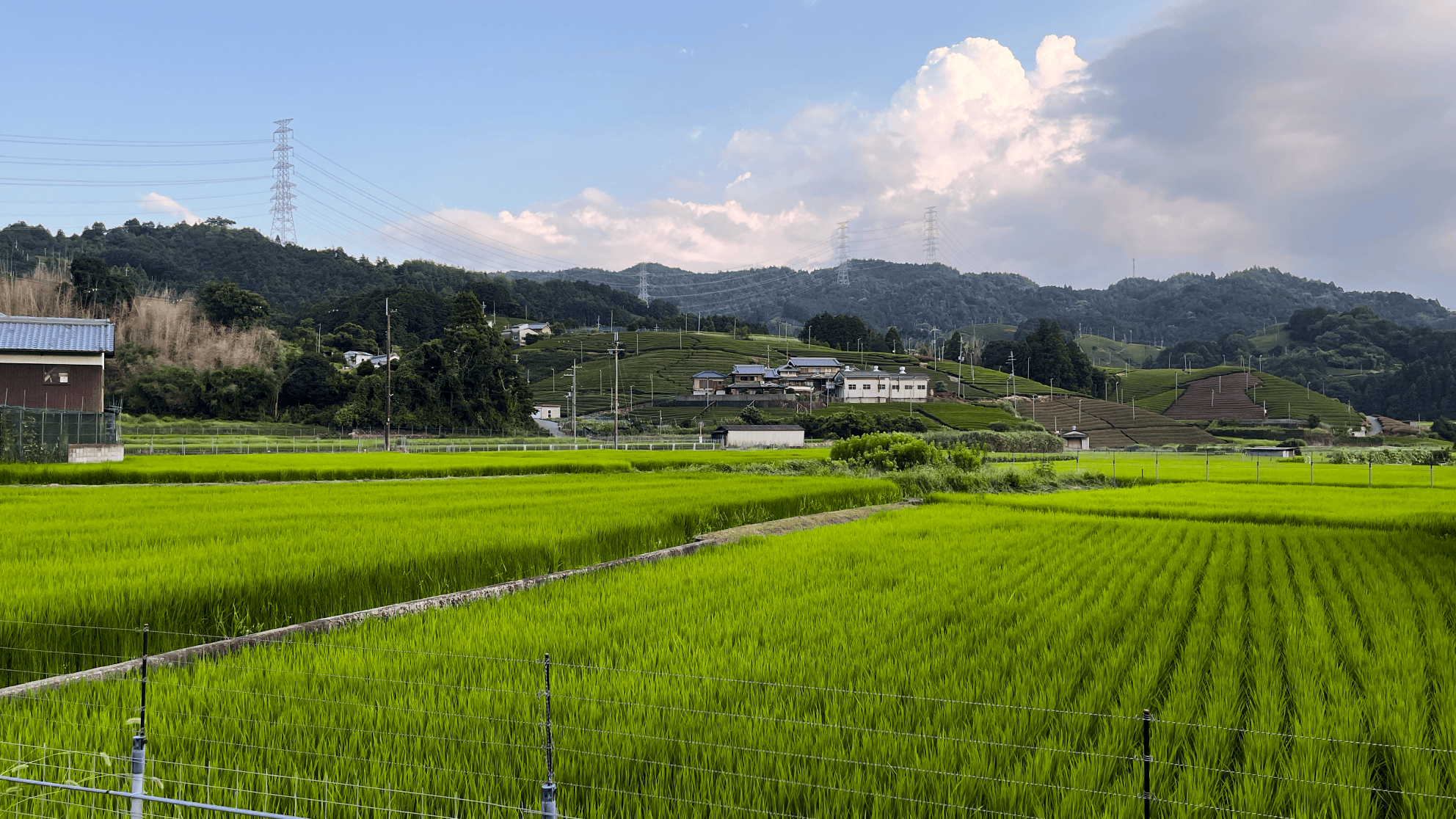
Warm air and moist soil, the great heat arrives
July marks the end of the rainy season here, and from there the summer harvest will begin, as the last rice farmers plant their green blades into their perfect mirrors. Just at the end of July, we wrapped up the summer tea harvest, a less buzzing season that gets more and more busy as more and more farmers start harvesting in summer as well. A trend fueled this year and possibly the ones to come by the demand for tencha. As the warm air arrives in early July, days get hotter and hotter, making tea farming or any outdoor activity really. This puts more pressure on an already hard and intense job, especially for many of the older farmers in our village.
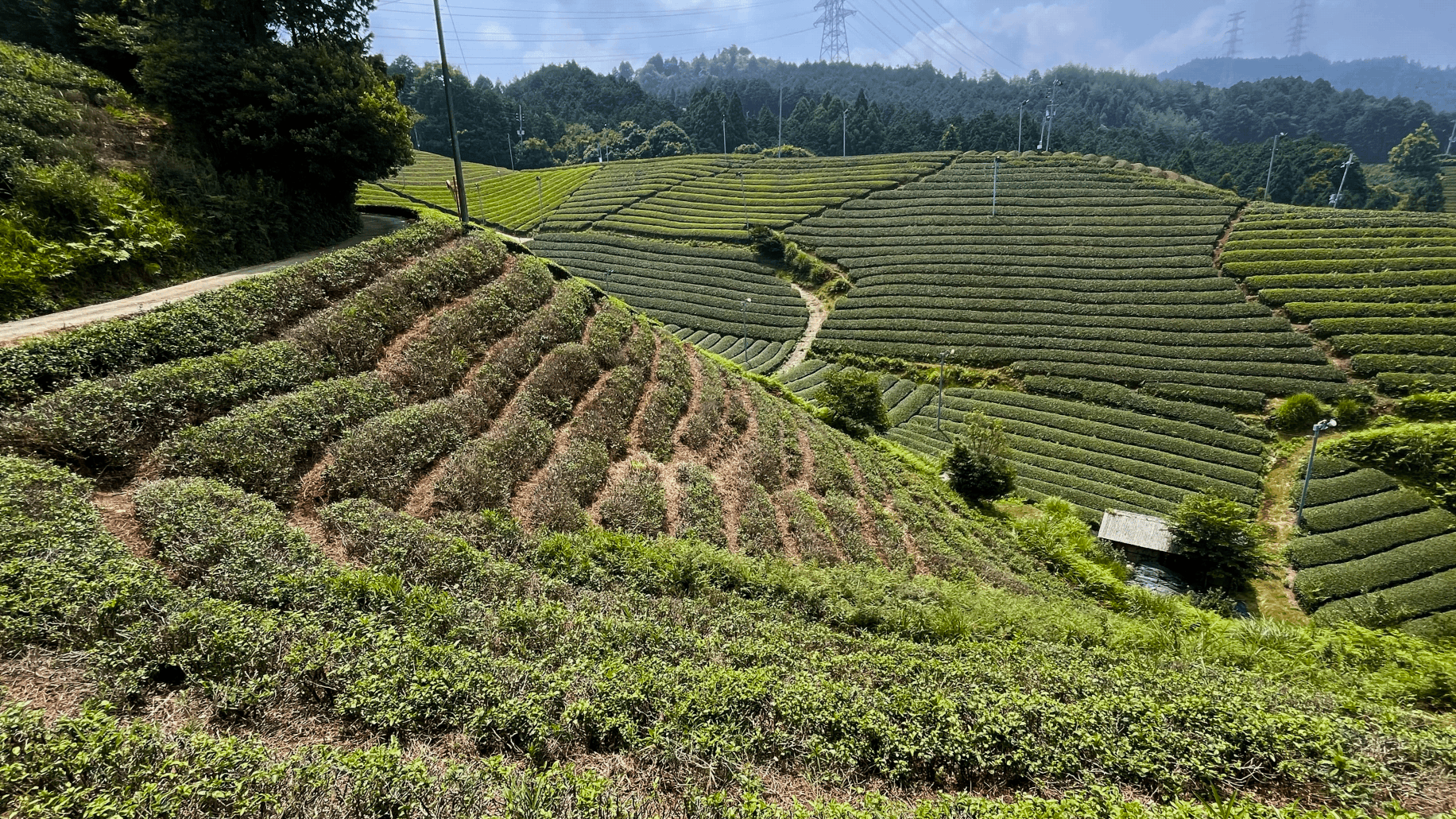
Summer is not my first choice as a season, but it brings bountiful harvests of fresh vegetables from the neighborhood road stalls. One of my favorites is the white or the zebra-striped eggplants, okra and tougarashi, a type of pepper that is a secret weapon for one of my favorite summer miso soup recipes, but I digress. As relayed in the last round-up, this season is where numerous incredible folk teas, in particular the ones that undergo a post-fermentation process, are made. As I type this, I might be harvesting tea leaves in the beautiful town of Kamikatsu in the west mountains of Tokushima Prefecture. We have been kindly invited to help out with the harvest and the following day’s processing of the leaves at the tea farm of Kanji Nakata, with whom I shared a podcast episode with you in a previous newsletter.
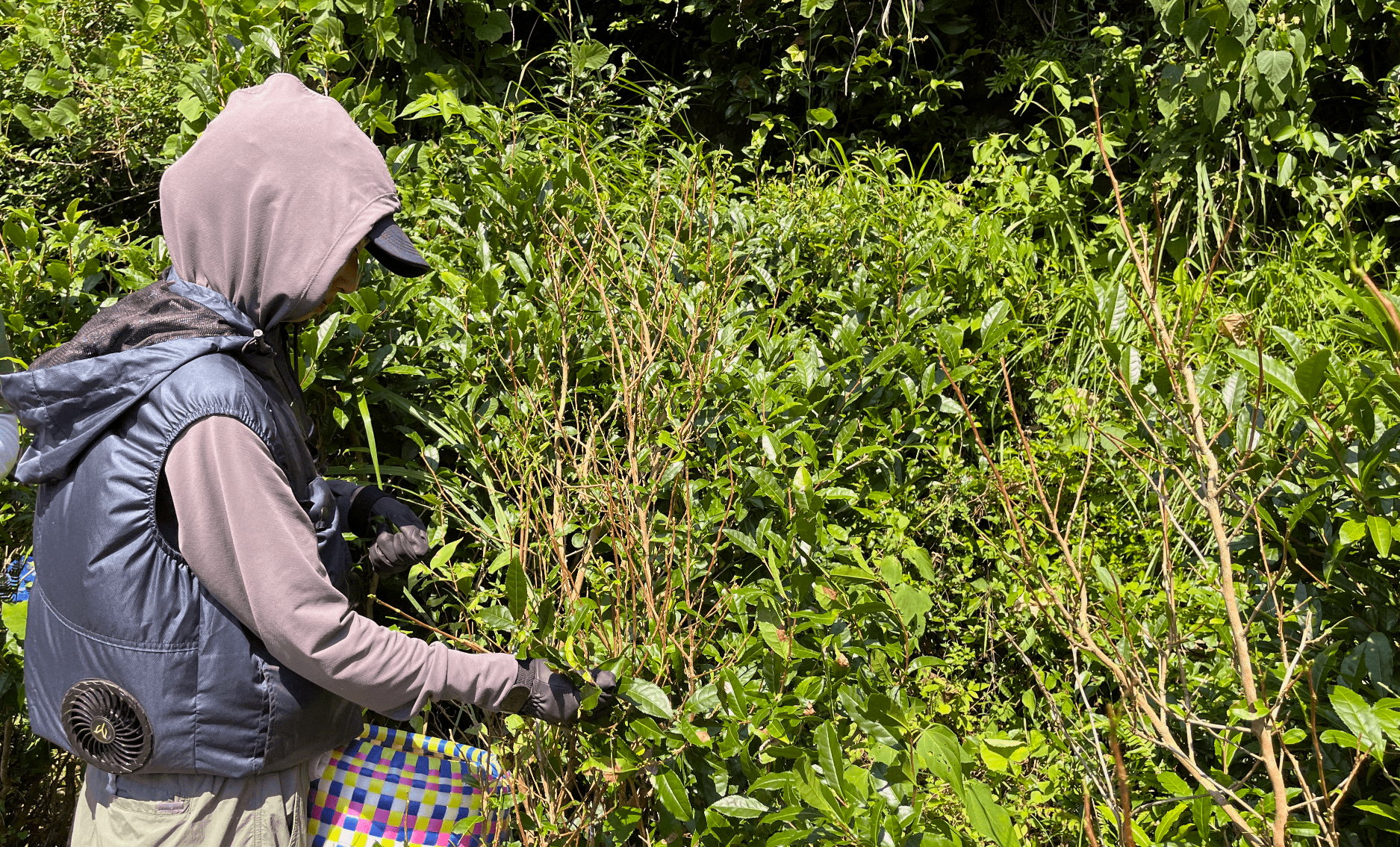
Recent Activity
Minekaori is a cultivar that was not on my radar to write about next, but I got a nice, tasty kancha I bought at a tea festival in Kyoto a month or so ago. It just left me wondering about its history. Of course, it would be a mysterious kamairicha cultivar. If you haven’t read the piece I wrote on it, you can find it in the blog. If you have, feel free to send your impressions through email or through our revived Discord server.
Writing about Minekaori was a challenge as there was not a lot of information about it online, only revolving around a couple of data points. The usual databases I am able to use for research did not offer much help until I found a citation on a research paper pointing me to the original release paper for Minekaori. No online document exists on it; only physical paper journal books where the paper originally published. If not for the great service the National Diet Library offers, I would have had to travel all the way to Tokyo to read it.
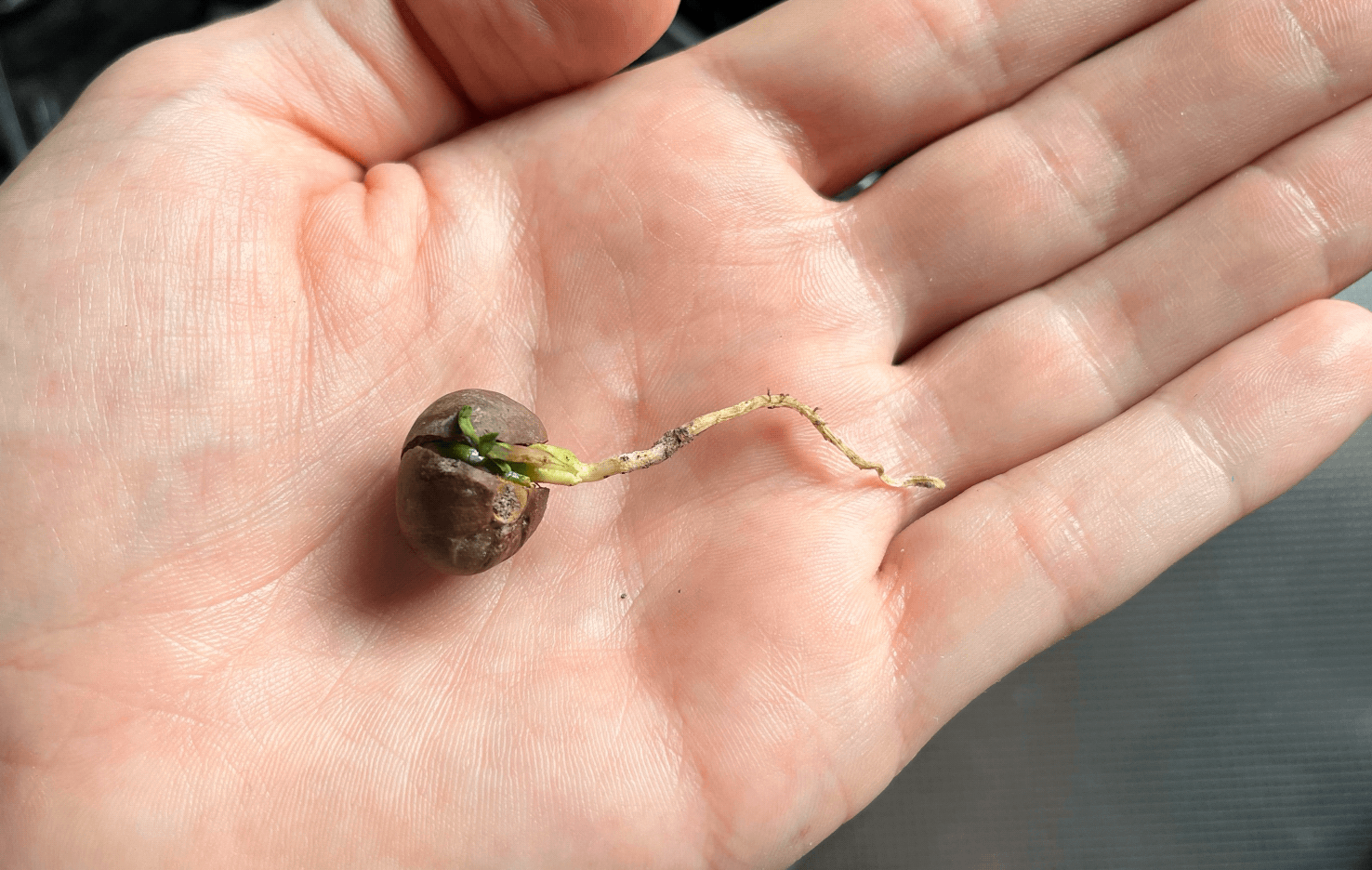
Tea made from Minekaori is equally challenging to find on its own, with only a few farms selling it directly to consumers as a single cultivar option. That is why I am preparing a special side project to share with you all at a later date. Once ready, I will only share the details through email as a special newsletter, so if you are reading the monthly round-up on the website (thank you!), please consider subscribing to the mailing list.
Aside from the Minekaori rabbit hole I fell on, I have, after many years, pulled the trigger on joining a Chinese tea course starting later this year. I am so excited to learn more about their beautiful teas and compare their techniques to the ones I am more familiar with from the perspective of a Japanese tea farm. More to come on this later this year. If you will also be learning about tea this summer or later this year, I would love to hear about your learning experience too!
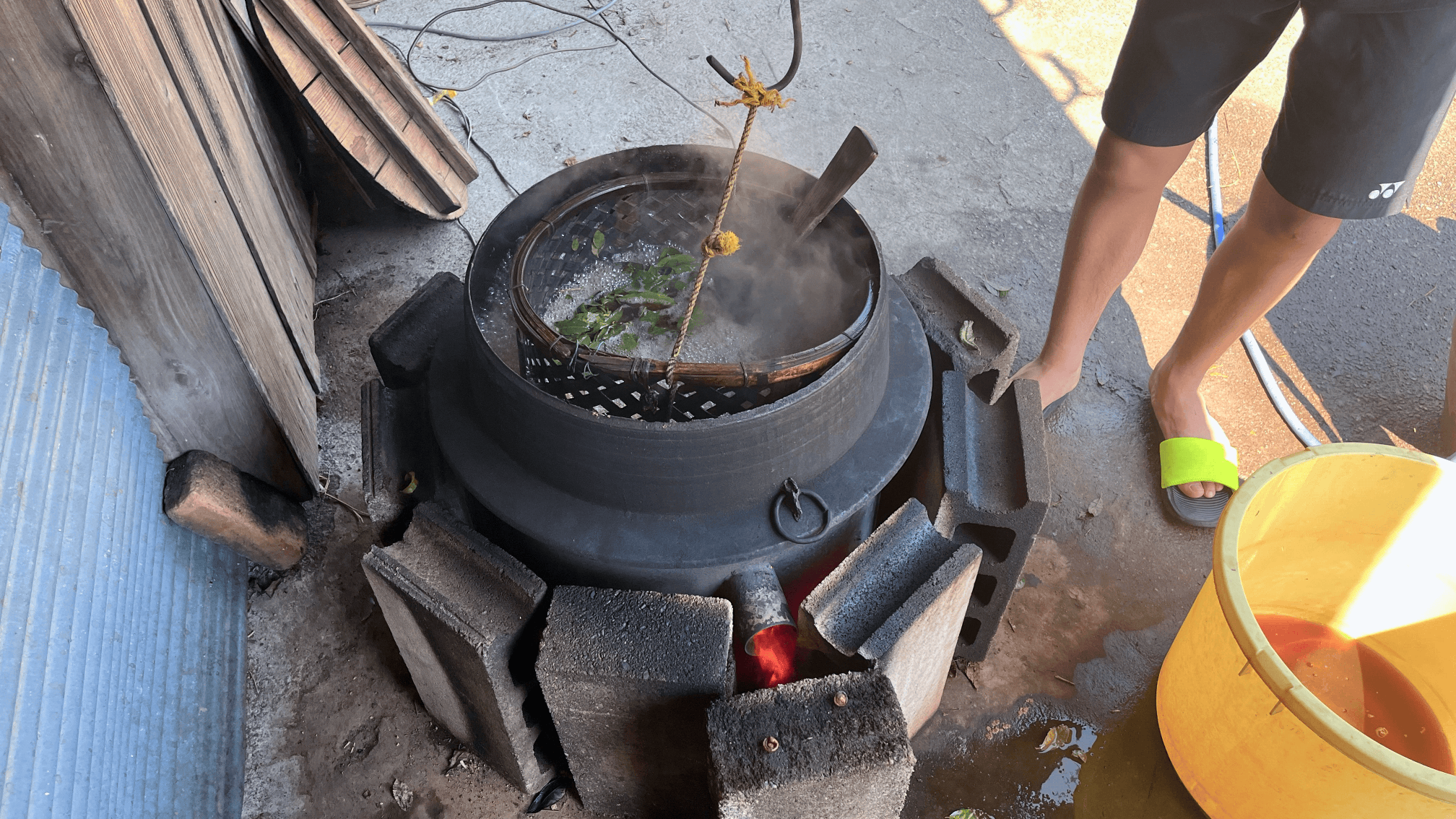
Furthermore, this month the Global Japanese Tea Association hosted again their annual tea conferences in Kyoto and Tokyo. I was lucky to participate as a volunteer in the Kyoto one. The three in-person speakers had exciting projects to share with us, rural revitalisation and, in general, pushing the design of tea through field experiences in Shizuoka. A project to grow tea in Hokkaido with all its challenges but also interesting learning outcomes. To me, the most fascinating personally was the talk regarding Zairai. Landrace seed-grown tea trees, and how we can use their genetic signature and diversity to, on one hand, trace their genetic material and compare it to historical events to bring new or even more correct perspectives.
On the other hand, it also opens the door to just much more diverse gene bases for future tea breeding. We know that Zairai from different regions behaves differently and has some different strengths and weaknesses. Being able to pinpoint those traits will allows making better decisions in the breeding programs. Furthermore, creating models based on that data together with genetic marking could shrink so much the process of that breeding process, which is usually 20–30 years to around half of that time. A great tool to have at hand.
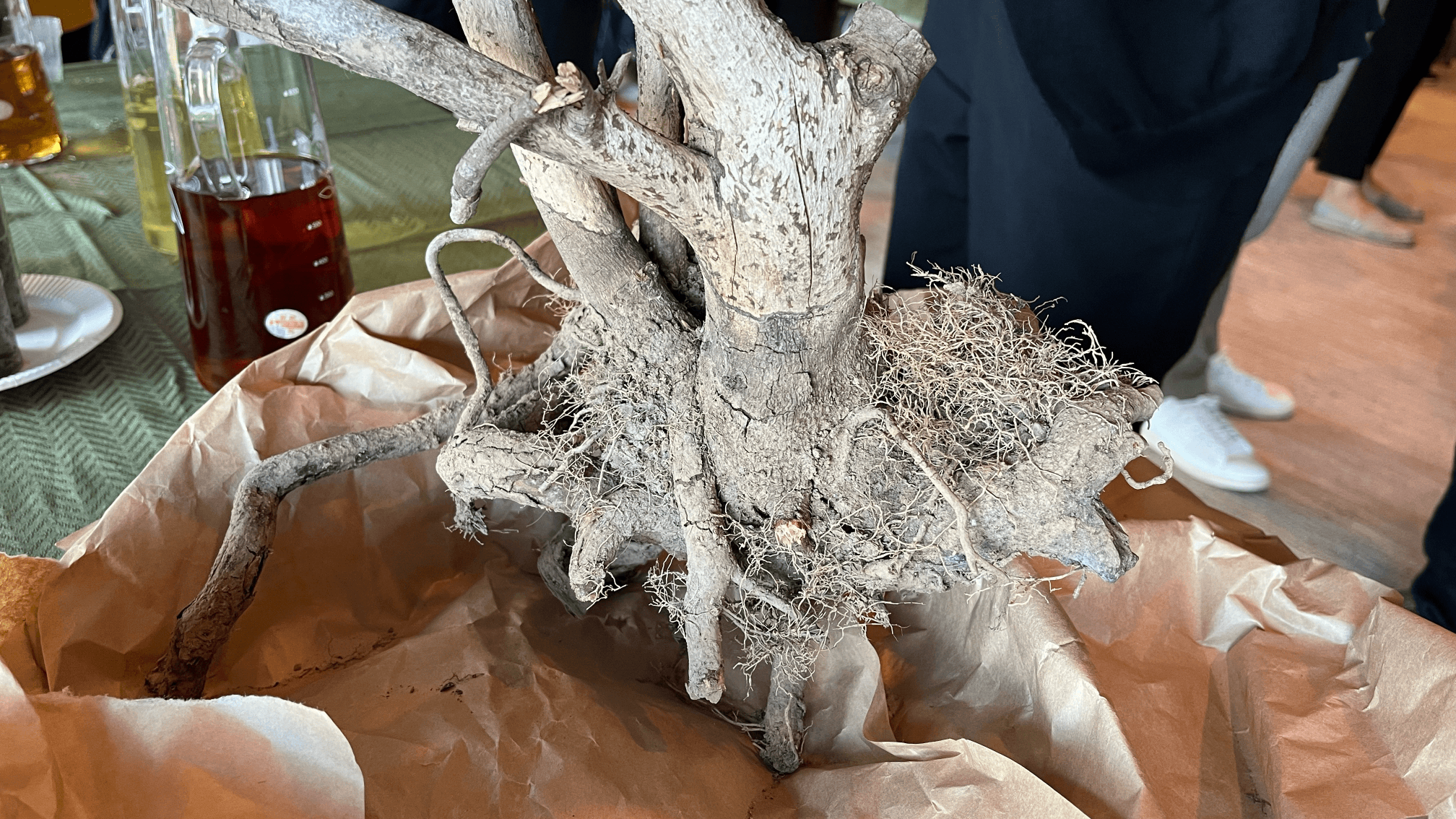
What is next
Now that the summer harvest is over, we will get a proper break of field work until later in August or early September, when we will prepare for the last push of the year in autumn. That said, activity never really stops with exciting ideas for the tea nursery, university classes again, and a well-earned period of holidays pretty soon as well. Regaining some energy to pour into educational resources to share with you.
As a next step for that, we are moving away from Instagram for now. I have met and discovered wonderful people and projects through it, but its addictive nature has become a little too much for myself. That, on top of not really being able to have a more close connection with people that read the bio, except for DMs, started to not sit well with me. So the most logical place seemed to be a place like Discord, which I actually started in 2023, and quickly died out as I took increasingly into Instagram. So far, we are a small group of 23, and it has been great to see close friends, tea professionals, and generally a nice bunch of good folks in it. If you’d like to join the server, you’ll be most welcome.
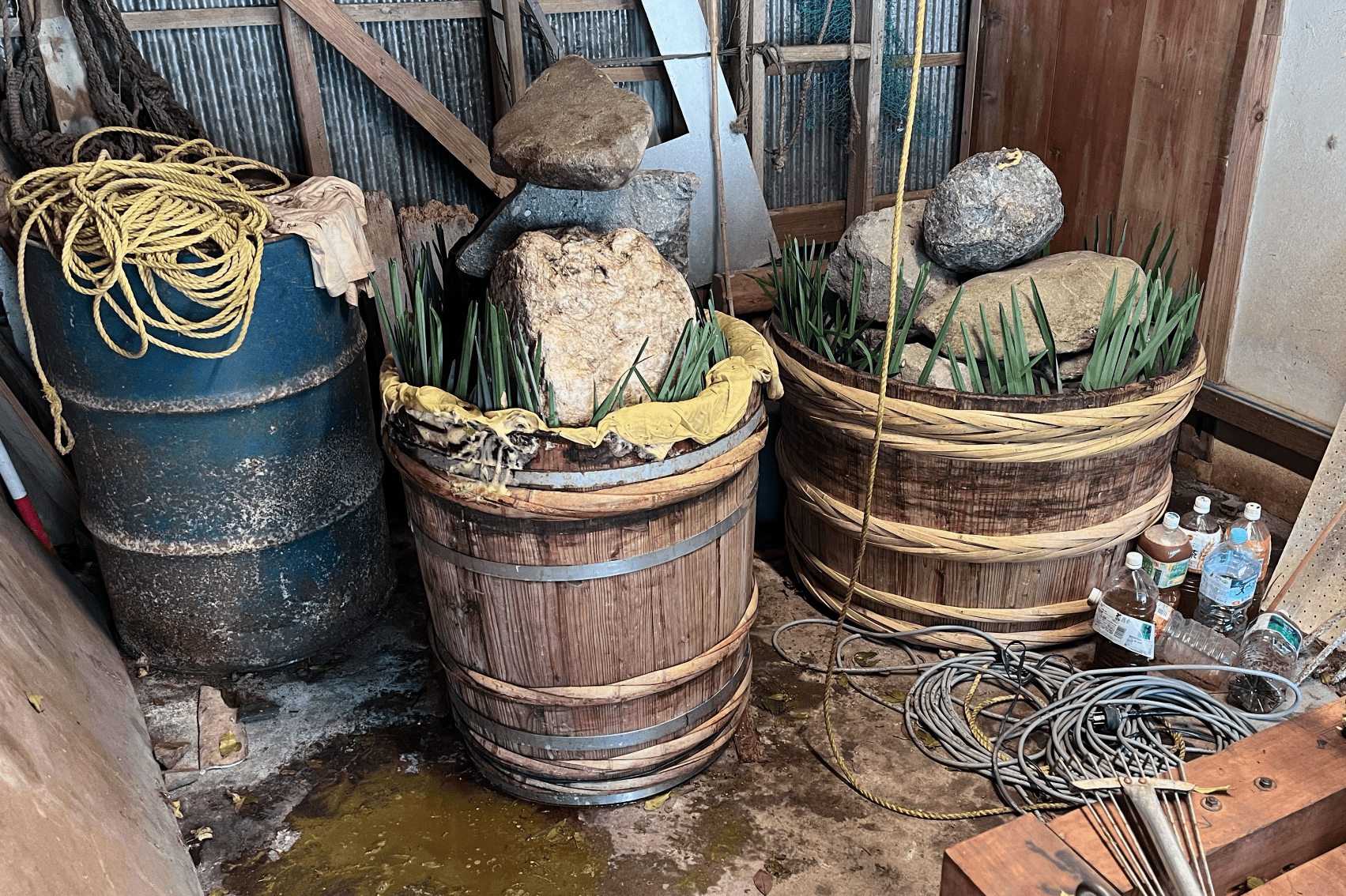
Books and other fun stuff
This time around, I would like to recommend a reflective article by Peck Gee from 72 Seasons of Tea. Peck writes about tea, culture, and spirituality from Kyoto; the following article is a great piece weaving past and present in a personal and reflective way. I highly recommend reading some of her other pieces like this one, on her discovery of tea… and much more.
This newsletter would not be complete without any food book recommendations at this point 🙃. Keita Wojciechowski, the author of Culinary Encyclopedia of Japan, has published just a few weeks ago the second volume of his project: “Culinary Encyclopedia of Japan Vol. 2 Tools, Techniques, Traditions: A deep dive into Japanese Cooking”. The first volume is an encyclopedia on food ingredients, while this is not a book to sit down and read front to back (I would love to do that), it is one of the best reference books for Japanese ingredients in English. Whether you are learning Japanese homecoming or researching Shojin or Kaiseki cuisine for your tea gatherings, this can help you. The second volume on tools is particularly interesting to me as it might become a great reference tool for traditional tea farming tools, much unspoken of.
Lastly, a few days ago, I listened to a short episode from Hungry, a podcast on food and drinks brands, with Dan Pope speaking with Seth Godin. I found it especially compelling, listening to and thinking about the conversation they had in the context of the matcha boom, with coffee cafés moving into or adding tea, brands popping out every single day, etc. Short, insightful, and straight to the point.

That is it for this month. As always, you can help the blog by sharing this newsletter or any of the blog posts and sharing it with a friend or family member who could enjoy it.
